Building an Intelligent Cross-Chain Transaction Optimizer with Python & Gemini AI
TL;DR (Too Long; Didn't Read) This post dives into how I built Nexus, an AI-powered application that optimizes cross-chain cryptocurrency transactions across EVM networks. Learn about the FastAPI backend, Web3.py integration, real-time data fetching, and how I leveraged Google Gemini AI to provide natural language explanations for complex routing decisions. Introduction: Navigating the Multi-Chain Labyrinth The world of decentralized finance (DeFi) is rapidly expanding across multiple blockchains. While this offers incredible opportunities, it also creates a complex challenge: how do you move assets or execute transactions efficiently and cost-effectively between these chains? Gas fees fluctuate wildly, and finding the optimal path can feel like navigating a labyrinth. This challenge inspired me to build Nexus, an Intelligent Cross-Chain Transaction Optimizer. In this post, I'll share my journey building Nexus, highlighting the key technologies and architectural decisions that went into making it an AI-powered solution for a multi-chain future. The Problem Nexus Solves Imagine wanting to swap tokens that are on different blockchains, or trying to find the cheapest route for a transaction that might involve multiple bridges or intermediate swaps. Manually comparing gas fees, slippage, and liquidity across various chains and protocols is time-consuming and often leads to suboptimal results. Nexus aims to automate this complex decision-making, providing users with the most efficient and cost-effective transaction paths, all explained in an intuitive way. Architectural Overview Nexus operates as a full-stack application, with a powerful Python-based backend and a Streamlit dashboard. FastAPI Backend (Python): The brain of Nexus. It handles all the heavy lifting: Interacting with EVM blockchains via Web3.py. Fetching real-time market data (token prices, gas fees) from external APIs like CoinGecko. Running optimization algorithms to find the best transaction routes. Leveraging Google Gemini AI for natural language explanations. Streamlit Frontend (Python): The user-facing dashboard. It provides a simple UI for users to input their transaction parameters and visualize the optimized results and AI insights. Challenges & Solutions Building Nexus came with its share of hurdles. One significant challenge was managing real-time data consistency from various sources (blockchain nodes, CoinGecko) and ensuring that the optimization algorithm always had the freshest data to prevent costly outdated recommendations. My solution involved implementing: Asynchronous API calls (httpx and asyncio): To concurrently fetch data from multiple sources without blocking the main process. Caching mechanisms: Strategically caching less frequently changing data while prioritizing real-time fetches for critical information like gas prices. Another challenge was crafting clear and concise prompts for the Gemini AI to get genuinely useful and easy-to-understand explanations, rather than generic AI responses. This involved significant prompt engineering and iterative testing. Lessons Learned This project significantly deepened my understanding of: Blockchain Interoperability: The complexities and potential of cross-chain solutions. Real-time Data Processing: Designing systems that react instantly to rapidly changing external data. AI Integration: The art and science of leveraging Generative AI for user-facing applications, especially in translating technical concepts. Scalable API Design: Building robust and performant APIs with FastAPI. Future Vision for Nexus This MVP is just the beginning. Future enhancements for Nexus include: Direct wallet integration for seamless transaction execution. Integration with more decentralized exchanges (DEXs) and bridges. Advanced predictive analytics for future gas prices. A more sophisticated UI/UX for an even smoother user experience. Conclusion Building Nexus has been an incredibly rewarding experience, pushing my boundaries in full-stack, AI, and blockchain development. It reinforces my belief in the power of technology to simplify complex financial operations. I'm excited to continue evolving Nexus and exploring further innovations at the intersection of finance and technology. Connect & Explore More! Feel free to check out the full source code for Nexus and my other projects on GitHub: Nexus GitHub Repository: https://github.com/Natasha-cyber777/Nexus-Router My GitHub Profile: https://github.com/Natasha-cyber777 Connect on LinkedIn: www.linkedin.com/in/natasha-robinson-29abb517a Thank you for reading! python #fastapi #blockchain #ai #generativeai #web3 #fintech #softwaredevelopment #opensource #project #geminiapi

TL;DR (Too Long; Didn't Read)
This post dives into how I built Nexus, an AI-powered application that optimizes cross-chain cryptocurrency transactions across EVM networks. Learn about the FastAPI backend, Web3.py integration, real-time data fetching, and how I leveraged Google Gemini AI to provide natural language explanations for complex routing decisions.
Introduction: Navigating the Multi-Chain Labyrinth
The world of decentralized finance (DeFi) is rapidly expanding across multiple blockchains. While this offers incredible opportunities, it also creates a complex challenge: how do you move assets or execute transactions efficiently and cost-effectively between these chains? Gas fees fluctuate wildly, and finding the optimal path can feel like navigating a labyrinth.
This challenge inspired me to build Nexus, an Intelligent Cross-Chain Transaction Optimizer. In this post, I'll share my journey building Nexus, highlighting the key technologies and architectural decisions that went into making it an AI-powered solution for a multi-chain future.
The Problem Nexus Solves
Imagine wanting to swap tokens that are on different blockchains, or trying to find the cheapest route for a transaction that might involve multiple bridges or intermediate swaps. Manually comparing gas fees, slippage, and liquidity across various chains and protocols is time-consuming and often leads to suboptimal results.
Nexus aims to automate this complex decision-making, providing users with the most efficient and cost-effective transaction paths, all explained in an intuitive way.
Architectural Overview
Nexus operates as a full-stack application, with a powerful Python-based backend and a Streamlit dashboard.
FastAPI Backend (Python): The brain of Nexus. It handles all the heavy lifting:
Interacting with EVM blockchains via Web3.py.
Fetching real-time market data (token prices, gas fees) from external APIs like CoinGecko.
Running optimization algorithms to find the best transaction routes.
Leveraging Google Gemini AI for natural language explanations.
Streamlit Frontend (Python): The user-facing dashboard. It provides a simple UI for users to input their transaction parameters and visualize the optimized results and AI insights.
Challenges & Solutions
Building Nexus came with its share of hurdles. One significant challenge was managing real-time data consistency from various sources (blockchain nodes, CoinGecko) and ensuring that the optimization algorithm always had the freshest data to prevent costly outdated recommendations.
My solution involved implementing:
Asynchronous API calls (httpx and asyncio): To concurrently fetch data from multiple sources without blocking the main process.
Caching mechanisms: Strategically caching less frequently changing data while prioritizing real-time fetches for critical information like gas prices.
Another challenge was crafting clear and concise prompts for the Gemini AI to get genuinely useful and easy-to-understand explanations, rather than generic AI responses. This involved significant prompt engineering and iterative testing.
Lessons Learned
This project significantly deepened my understanding of:
Blockchain Interoperability: The complexities and potential of cross-chain solutions.
Real-time Data Processing: Designing systems that react instantly to rapidly changing external data.
AI Integration: The art and science of leveraging Generative AI for user-facing applications, especially in translating technical concepts.
Scalable API Design: Building robust and performant APIs with FastAPI.
Future Vision for Nexus
This MVP is just the beginning. Future enhancements for Nexus include:
Direct wallet integration for seamless transaction execution.
Integration with more decentralized exchanges (DEXs) and bridges.
Advanced predictive analytics for future gas prices.
A more sophisticated UI/UX for an even smoother user experience.
Conclusion
Building Nexus has been an incredibly rewarding experience, pushing my boundaries in full-stack, AI, and blockchain development. It reinforces my belief in the power of technology to simplify complex financial operations.
I'm excited to continue evolving Nexus and exploring further innovations at the intersection of finance and technology.
Connect & Explore More!
Feel free to check out the full source code for Nexus and my other projects on GitHub:
Nexus GitHub Repository: https://github.com/Natasha-cyber777/Nexus-Router
My GitHub Profile: https://github.com/Natasha-cyber777
Connect on LinkedIn: www.linkedin.com/in/natasha-robinson-29abb517a
Thank you for reading!















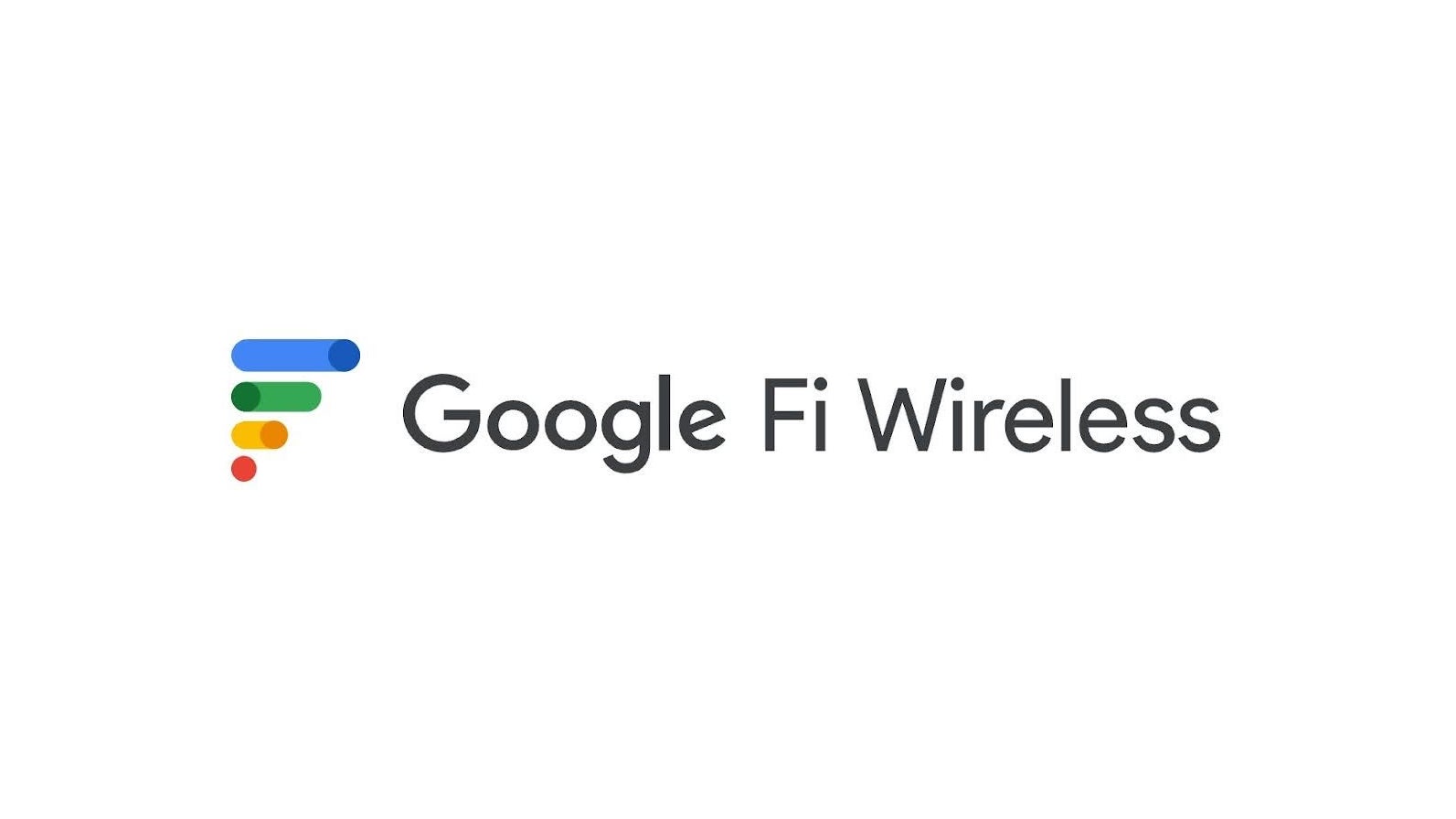





















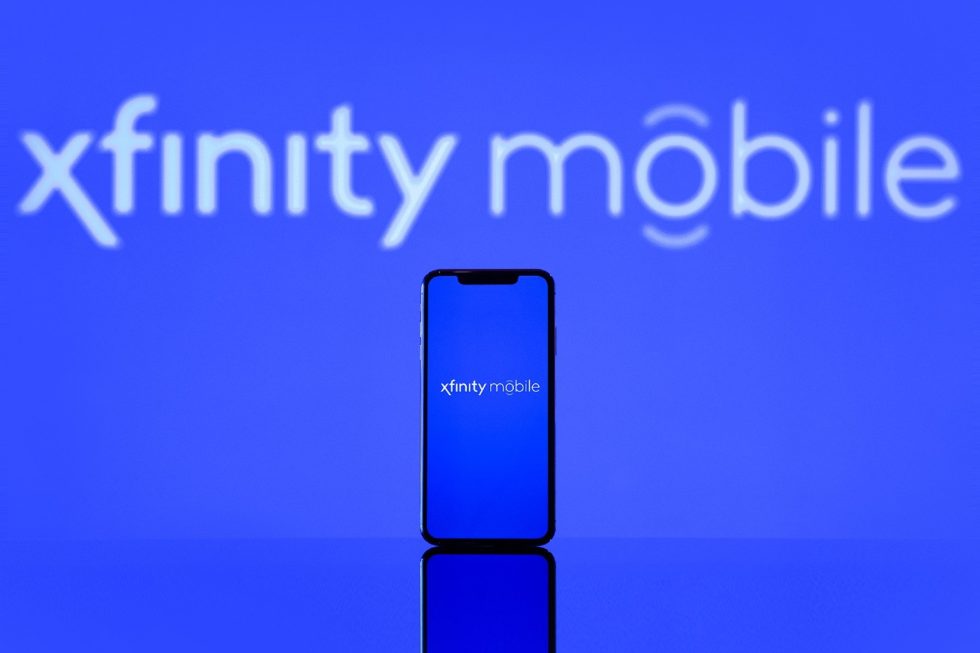


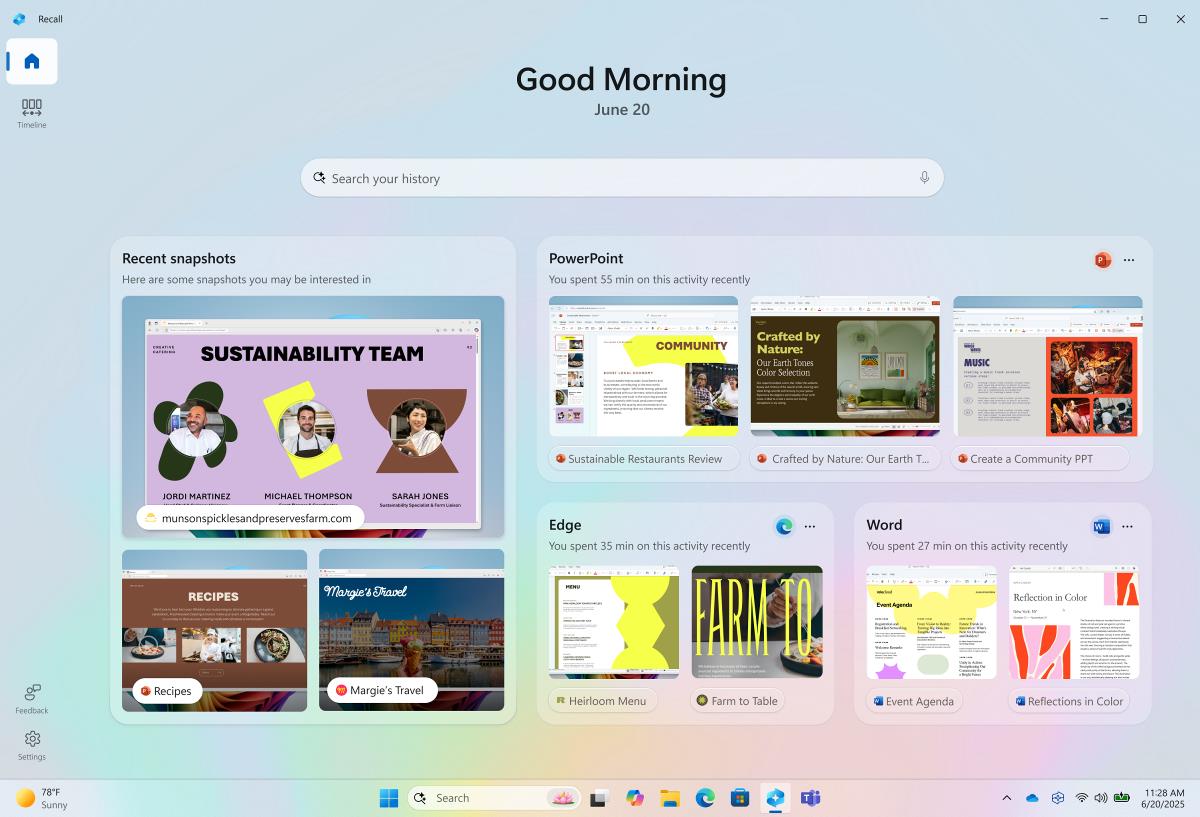
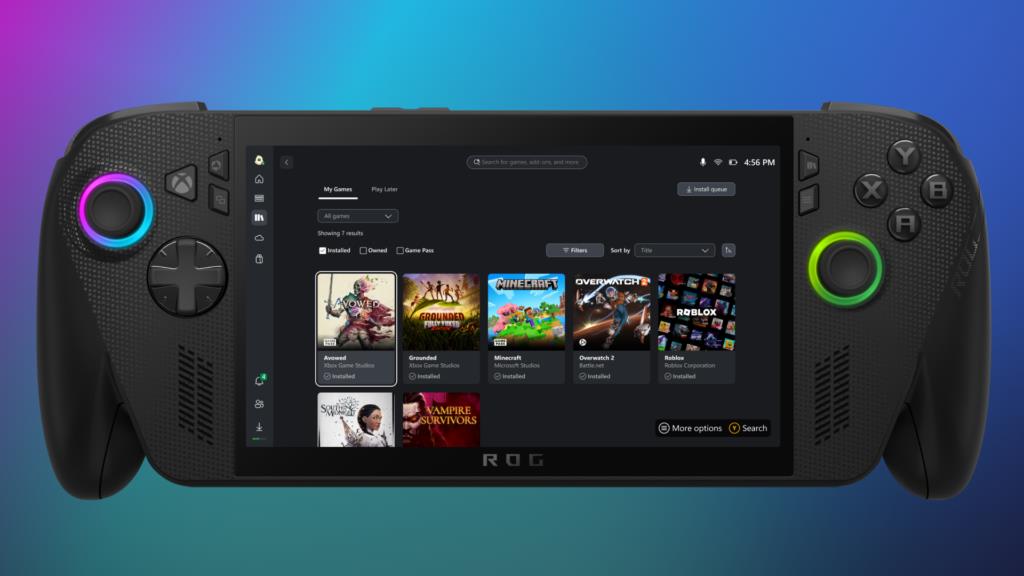
















![Apple Releases New Beta Firmware for AirPods Pro 2 and AirPods 4 [8A293c]](https://www.iclarified.com/images/news/97704/97704/97704-640.jpg)













![Samsung teasing Galaxy Buds ‘Core’ ahead of launch later this week [Gallery]](https://i0.wp.com/9to5google.com/wp-content/uploads/sites/4/2023/10/samsung-galaxy-buds-fe-5.jpg?resize=1200%2C628&quality=82&strip=all&ssl=1)









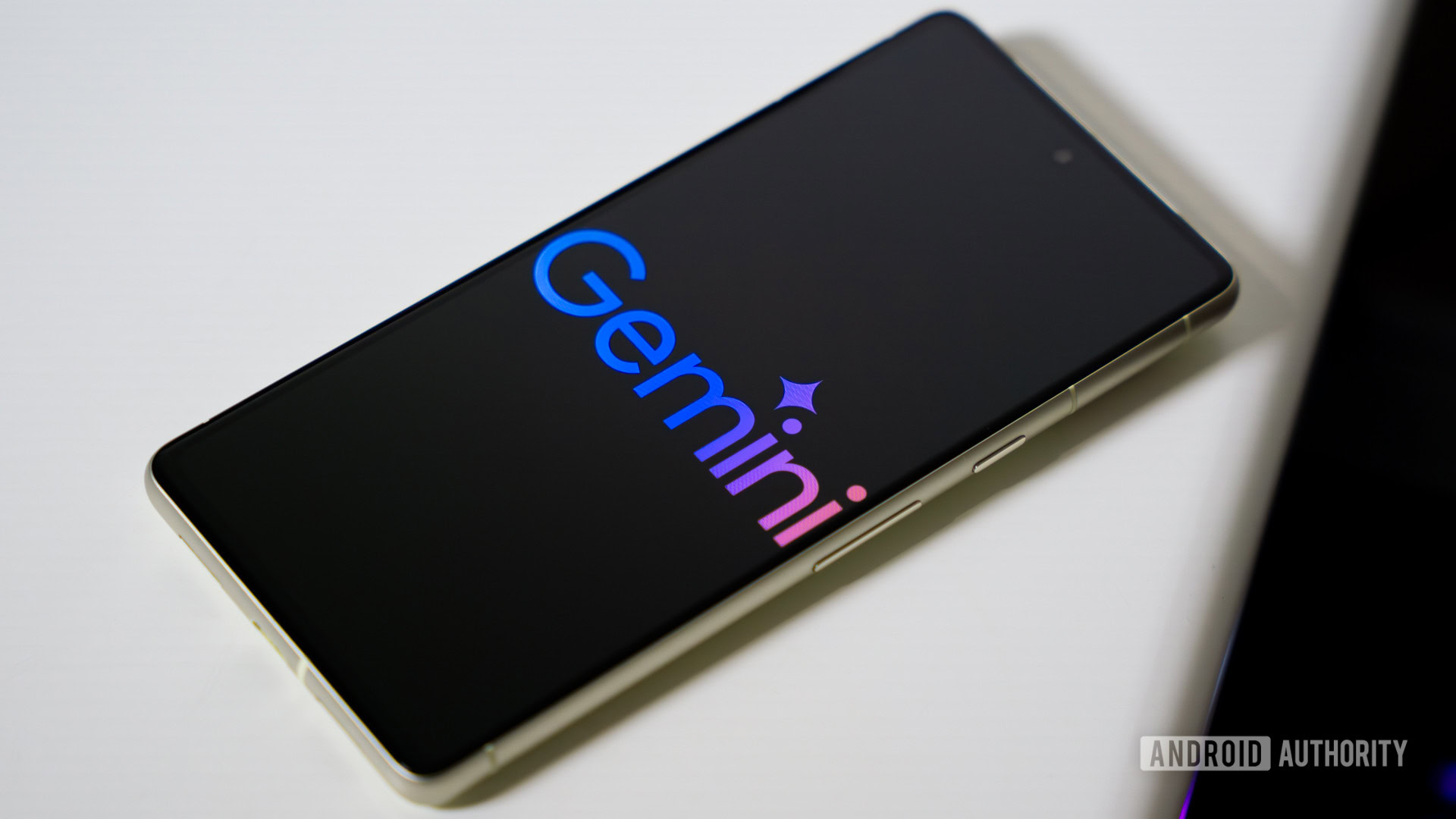






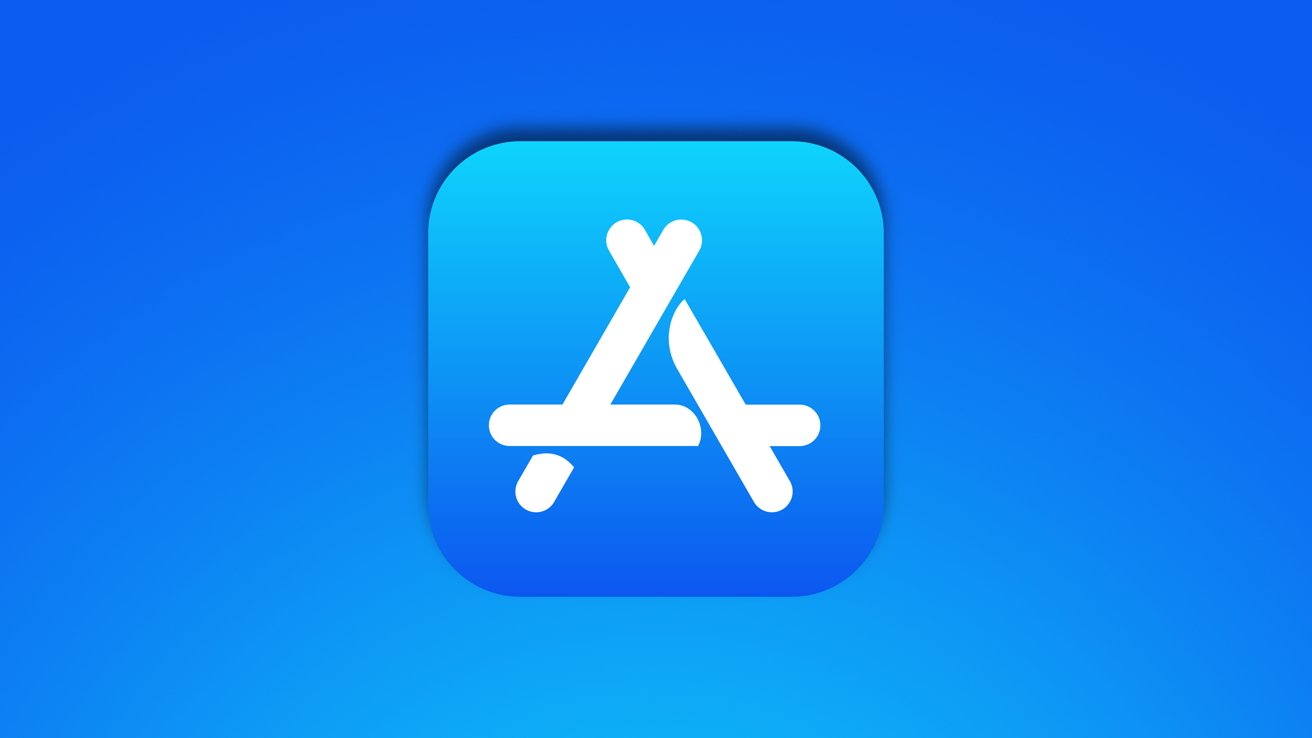







































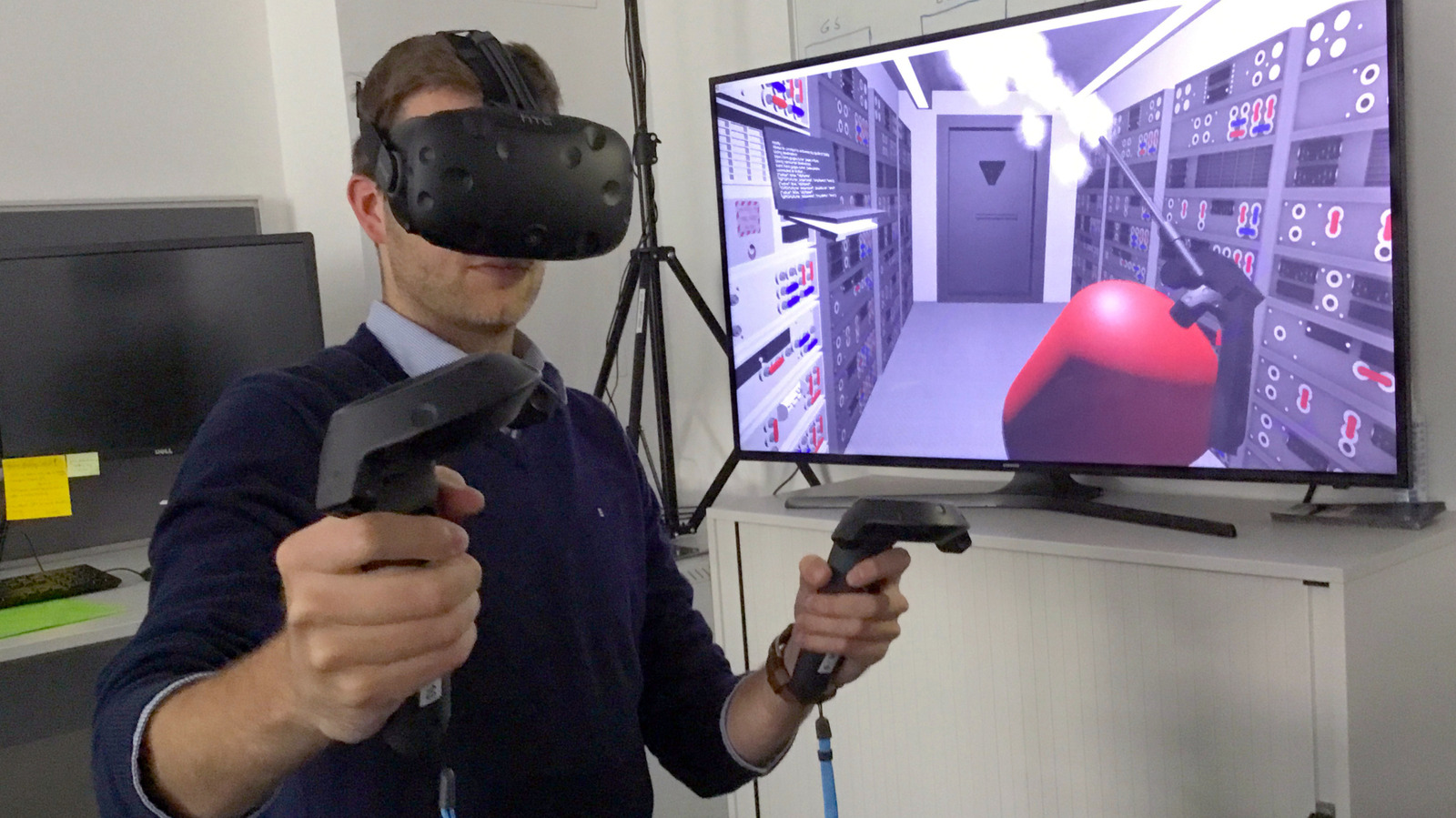

































_ArtemisDiana_Alamy.jpg?width=1280&auto=webp&quality=80&disable=upscale#)

















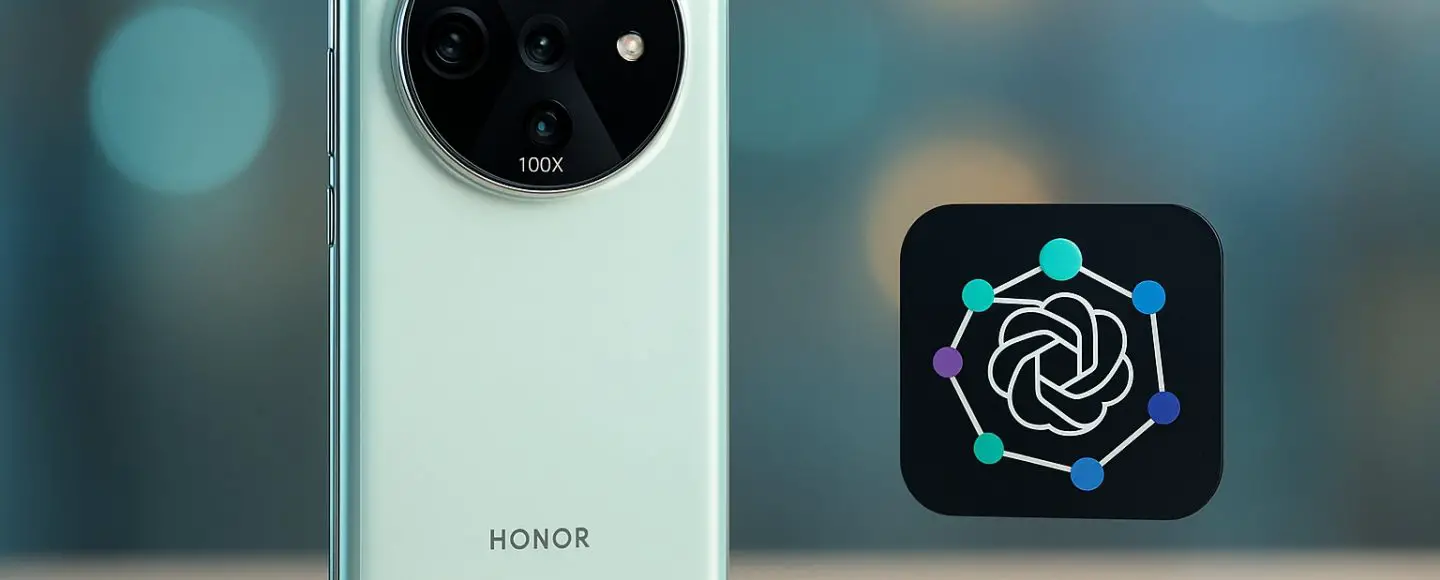














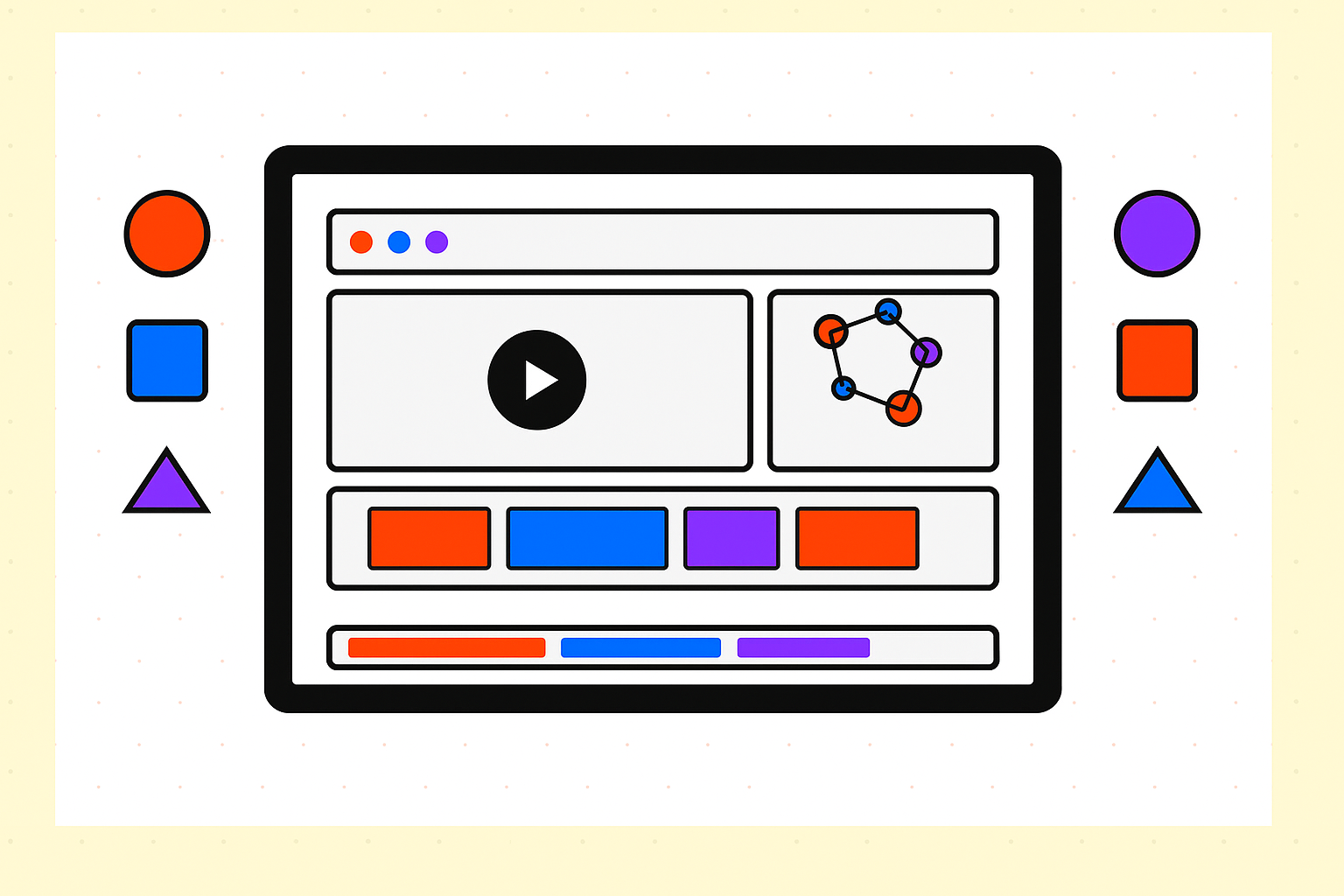






![[The AI Show Episode 155]: The New Jobs AI Will Create, Amazon CEO: AI Will Cut Jobs, Your Brain on ChatGPT, Possible OpenAI-Microsoft Breakup & Veo 3 IP Issues](https://www.marketingaiinstitute.com/hubfs/ep%20155%20cover.png)

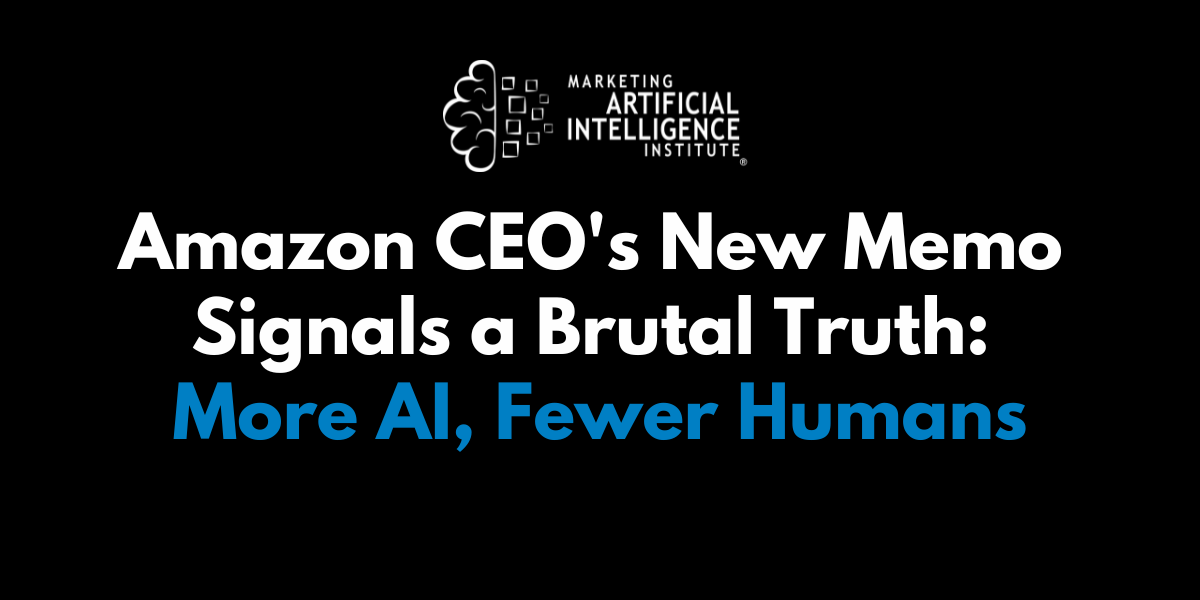
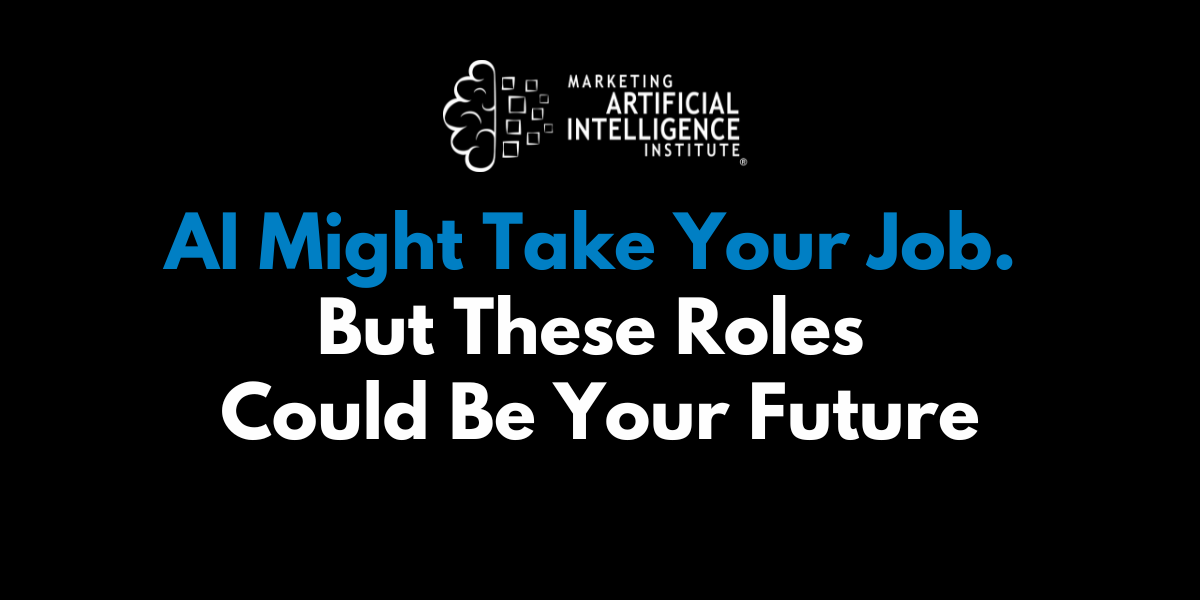














































































.png?width=1920&height=1920&fit=bounds&quality=70&format=jpg&auto=webp#)





























































